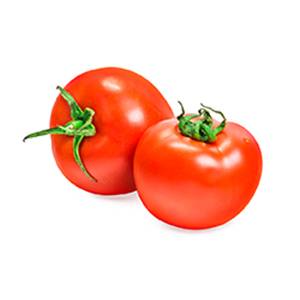- No. 268 Xianghe Street, Economic Development Zone of Xingtai city, Hebei 054001 China
- Byron@hbhongri.cn
Exploring the Flavorful World of Ground Paprika for Culinary Delight
Ground Paprika A Flavorful Spice with a Rich History
Ground paprika, a vibrant red spice made from grinding the dried fruits of Capsicum annuum, is more than just a culinary staple; it embodies centuries of history, culture, and gastronomical traditions around the globe. Renowned for its sweet, smoky flavor and striking color, paprika has earned its place in kitchens worldwide, influencing a myriad of dishes and cuisines.
A Brief History
The journey of paprika began in Central and South America, where it was cultivated by indigenous peoples long before the arrival of European explorers. After Christopher Columbus’s voyages in the late 15th century, Capsicum peppers made their way to Europe, particularly to Hungary and Spain, where the spice we know today began to develop. The Hungarian variant, known for its sweet and pungent flavor, became particularly popular and is now a staple in Hungarian cuisine, notably in dishes like goulash and pörkölt.
Over the years, various countries have embraced paprika, each adding its unique twist. While Hungarian paprika is celebrated for its sweetness, Spanish paprika, or pimentón, comes in several varieties, including sweet, bittersweet, and smoked. The latter, known as pimentón de la Vera, is particularly prized for its rich, smoky flavor, which arises from the traditional drying process using oak wood.
Culinary Uses
Ground paprika is incredibly versatile and can be used in various forms of cooking. In the kitchen, it serves as both a seasoning and a garnish, adding a pop of color and a depth of flavor to dishes. Its mild heat makes it an excellent choice for families who may shy away from spicier options.
In Hungarian cuisine, paprika shines as the star ingredient in many traditional dishes, providing warmth and complexity. From creamy paprika chicken to hearty stews, it's hard to find a dish that doesn't benefit from this delightful spice. In Spanish cooking, it is essential in preparing classic dishes like paella, where it complements saffron and enhances the overall flavor profile.
ground paprika

Additionally, paprika's vibrant color makes it an excellent choice for enhancing dishes visually. A sprinkle of ground paprika can transform a simple deviled egg into a gourmet appetizer or elevate a bland soup into a stunning culinary creation.
Health Benefits
Beyond its flavor and culinary uses, ground paprika also boasts a range of health benefits. It is rich in antioxidants, particularly carotenoids, which are known to combat free radicals in the body. These antioxidants can help reduce inflammation, improve eye health, and support the immune system.
Paprika is also a good source of vitamins A, E, and C, contributing to overall health and well-being. Its consumption may assist in enhancing digestion and may even promote better circulation. As with any spice, moderation is key; however, incorporating paprika into your meals can certainly support a balanced diet.
Choosing and Storing Paprika
When selecting ground paprika, opting for high-quality products is essential to capture the spice's full flavor potential. Look for paprika that’s labeled as fresh, as it can lose its potency and color over time. Store paprika in a cool, dark place, best in an airtight container to preserve its vibrant color and flavor.
Conclusion
Ground paprika is not just a spice; it is a bridge connecting cultures, a symbol of history, and a source of flavor and nourishment. Its versatility makes it a beloved ingredient in kitchens around the world, while its numerous health benefits add to its appeal. Whether enjoyed as part of a traditional dish or used to experiment in contemporary cuisine, ground paprika continues to captivate and delight food lovers everywhere. As you sprinkle that beautiful red powder on your meals, remember the rich stories and traditions that accompany every dish it enhances.
-
Turmeric Rhizome Powder: A Golden Treasure from Roots to TableNewsJul.28,2025
-
The Versatile Application Of Crushed Red Hot Peppers: Lighting Up The Red Flames On The Dining TableNewsJul.28,2025
-
The Paprika: A Touch Of Vibrant Red In Color, Flavor, And CultureNewsJul.28,2025
-
Ground Turmeric: A Modern Examination of an Ancient SpiceNewsJul.28,2025
-
Capsicum Liquid Extract: Features, Applications, and ChallengesNewsJul.28,2025
-
Application of Capsicum Liquid Extract in FoodNewsJul.28,2025







